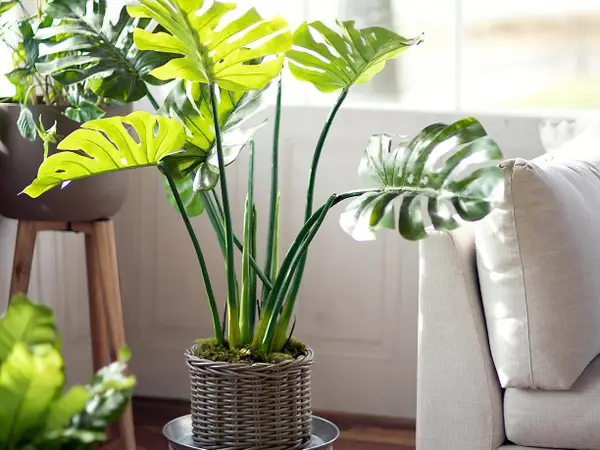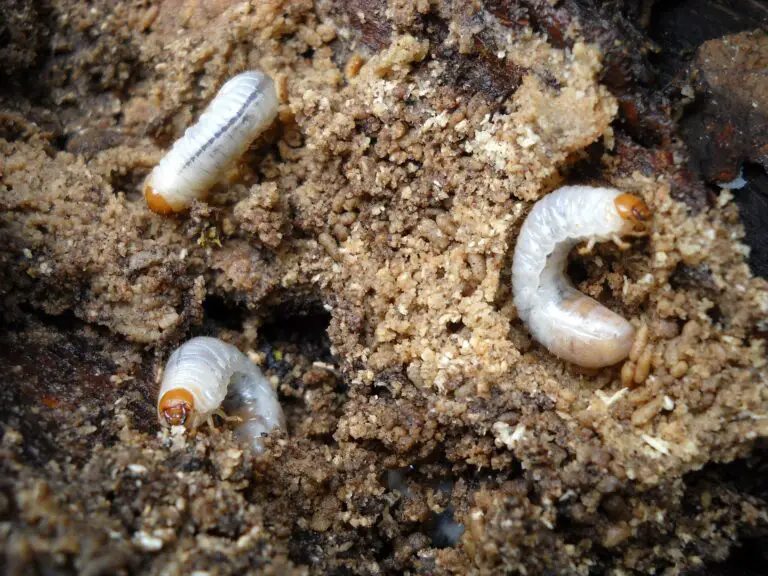Rose of Sharon: A Vibrant Bloom in Every Garden
The Rose of Sharon, a flowering shrub that brightens gardens with its vivid blooms, is a celebrated addition to landscapes across the globe. Known scientifically as Hibiscus syriacus, this hardy plant offers a diverse palette of colors and is renowned for its easy care and versatile nature. This article delves into the world of the Rose of Sharon, exploring its characteristics, care tips, and the unique role it plays in different cultures.
Origin and Characteristics
Native to East Asia, particularly China and India, the Rose of Sharon has been a staple in gardens for centuries. Despite its common name, it’s not related to the rose family but belongs to the Malvaceae family, which includes hibiscus and mallow. This deciduous shrub typically grows between 8 to 12 feet tall and spreads up to 10 feet. The leaves are dark green and toothed, providing a lush backdrop for the flowers.
The blooms are the main attraction, blossoming in late summer when most other plants have finished flowering. They come in shades of white, pink, red, and purple, often with contrasting centers. Some varieties even boast double flowers, adding an extra layer of beauty.
Cultural Significance
The Rose of Sharon holds a special place in many cultures. In Korea, it’s known as “mugunghwa” and is the national flower, symbolizing resilience and beauty. The flower appears in Korean emblems and has historical significance in Korean traditions.
In the Christian Bible, the Rose of Sharon is mentioned in the Song of Solomon, often interpreted as a symbol of beauty and love. Its enduring appeal in religious and cultural symbolism highlights its universal resonance.
Planting and Care
Thriving in USDA hardiness zones 5 through 9, the Rose of Sharon is adaptable to various conditions but prefers well-draining soil and full sun to partial shade. When planting, ensure adequate space for growth, considering both height and spread.
Watering is crucial, especially during the first few years. Once established, the Rose of Sharon is drought-tolerant, but regular watering promotes optimal blooming. Mulching helps retain soil moisture and suppress weeds.
Pruning is an important aspect of care. Done in late winter or early spring, pruning encourages new growth and shapes the plant. Since it blooms on new wood, cutting back in spring won’t affect the flowering.
Pest and Disease Management
The Rose of Sharon is relatively disease-resistant but can be susceptible to pests like aphids and Japanese beetles. Regular inspection and natural pest control methods can effectively manage these issues. Diseases such as leaf spot or blight can occur, especially in humid conditions. Proper spacing and air circulation help prevent these problems.
Landscaping with Rose of Sharon
This versatile shrub is perfect for hedges, garden beds, or as a standalone specimen. Its height makes it an excellent choice for background planting or privacy screens. The variety of colors allows it to blend seamlessly into any garden palette.
Versatility in Garden Design
The adaptability of the Rose of Sharon in garden design cannot be overstated. Its upright growth habit allows it to fit into narrow spaces, making it ideal for urban gardens where space is a premium. Its ability to be trained into different forms, such as a small tree or espalier, adds to its versatility.
The shrub’s long blooming period, from mid-summer to fall, ensures that it remains a focal point in the garden for several months, long after many other plants have ceased blooming.
Propagation and Hybrid Varieties
For those interested in expanding their collection, the Rose of Sharon is easily propagated through cuttings or seeds. This ease of propagation has led to a wide variety of hybrids, offering an even broader range of colors, bloom types, and sizes.
Some popular hybrids include ‘Blue Chiffon’, with its striking blue flowers, and ‘White Chiffon’, known for its elegant white blooms. These hybrids can provide unique visual elements to any garden.
Environmental Benefits
In addition to its aesthetic appeal, the Rose of Sharon is beneficial to the local ecosystem. It attracts pollinators such as bees and butterflies, contributing to the health of the garden. Its flowers provide nectar, while its dense foliage offers shelter for small wildlife.
Common Misconceptions
Despite its name, the Rose of Sharon is not a rose. This misconception often leads to confusion about its care and maintenance. Understanding that it is, in fact, a type of hibiscus helps in providing the appropriate care it requires.
Final Thoughts
The Rose of Sharon (Hibiscus syriacus), also known as Shrub Althea, is a deciduous flowering shrub that stands out in any garden. Its showy flowers, which bloom from early summer to early fall, captivate with their beauty. The Sharon shrub thrives in full sun and rewards gardeners with a spectacular display of flower buds that transform into vibrant Sharon blooms. Whether you choose the classic pink double flowers or other varieties, these Sharon flowers add a unique charm to your outdoor space.
To ensure the health of your Sharon bush, plant rose in well-draining soil and use a balanced fertilizer rose in early spring to encourage lush growth and abundant flowering. Garden enthusiasts often praise the hardy Hibiscus syriacus for its easy maintenance and stunning appearance. The Sharon bushes, with their long blooming period, provide continuous beauty and are a favorite among those looking to add long-lasting color to their landscapes.
When planting a Sharon shrub, consider its position to ensure it receives ample sunlight. The Rose of Sharon rose, with its hardy nature, is an ideal choice for both novice and experienced gardeners seeking a deciduous flowering shrub that offers both aesthetic appeal and resilience. The Sharon shrub’s ability to adapt to various conditions makes it a versatile and valuable addition to gardens across many regions.


